I’m Ruth Kenworthy Ecker of Wellesley, Massachusetts. I am a member of a local garden club and serve on the board of the Garden Club Federation of Massachusetts. Though I have no formal training in hands-on-horticulture, I have adored gardens all my life and have been observant of those elements that appeal to me. After retiring, I thought I’d try try my hand at landscape design. Green-on-green is soothing to me. But who doesn’t like color? I also maintain two manageable, perennial garden plots filled with color mostly in a rosy pallet.
This is an absolutely beautiful, but simple, combination. Spotted deadnettle (
Lamium maculatum, Zones 3–8) is a vigorous (sometimes a little too vigorous) ground cover with silver painted leaves, here combining perfectly with a white variegated euphorbia (
Euphorbia sp.).
A purple ornamental onion (
Allium sp.) shows off beautifully here mixed with ferns. It almost looks like the ferns are flowering!
A view of part of Ruth’s garden handiwork showing her emphasis on rich shades of green, but with points of color here and there.
This butterfly certainly appreciates the flowers. It has settled on a lantana (
Lantana camara, Zones 8–10 or as an annual), which is a plant always well loved by butterflies.
A study in shades of green. Sometimes green fades into the background in a garden, but without any flowers, this scene allows you to take a moment and appreciate all the different shades and variants of green and how beautiful they are.
Here the green is broken up with delicate flowers of astilbe (
Astilbe chinensis, Zones 4–8) and comfortable chairs welcoming you to sit back and enjoy the quiet beauty.
Have a garden you’d like to share?
Have photos to share? We’d love to see your garden, a particular collection of plants you love, or a wonderful garden you had the chance to visit!
To submit, send 5-10 photos to GPOD@finegardening.com along with some information about the plants in the pictures and where you took the photos. We’d love to hear where you are located, how long you’ve been gardening, successes you are proud of, failures you learned from, hopes for the future, favorite plants, or funny stories from your garden.
If you want to send photos in separate emails to the GPOD email box that is just fine.
Have a mobile phone? Tag your photos on Facebook, Instagram or Twitter with #FineGardening!
You don’t have to be a professional garden photographer – check out our garden photography tips!
Do you receive the GPOD by email yet? Sign up here.
Fine Gardening Recommended Products
National Wildlife Federation®: Attracting Birds, Butterflies, and Other Backyard Wildlife, Expanded Second Edition (Creative Homeowner) 17 Projects & Step-by-Step Instructions to Give Back to Nature
Fine Gardening receives a commission for items purchased through links on this site, including Amazon Associates and other affiliate advertising programs.
From the National Wildlife Federation, the largest U.S. nonprofit conservation organization, with 6 million members and 51 state and territorial affiliated organizations. 17 step-by-step projects that everyone can do together make getting your family back to nature easy, educational, and fun. Over 200 color photos of backyard wildlife habitats and the wide variety of creatures they attract, plus step-by-step photos and illustrations for family projects. Learn wildlife-friendly practices for gardening, landscape design, supplemental feeders, birdbaths, nesting places, and more. Learn how to attract backyard pollinators, from bees and butterflies to beetles, bats, and hummingbirds
Get your garden certified by the National Wildlife Federation's Garden for Wildlife(TM) program by following the included certification application checklist.
Planting in a Post-Wild World: Designing Plant Communities for Resilient Landscapes
Fine Gardening receives a commission for items purchased through links on this site, including Amazon Associates and other affiliate advertising programs.
Featuring gorgeous photography and advice for landscapers, Planting in a Post-Wild World by Thomas Rainer and Claudia West is dedicated to the idea of a new nature—a hybrid of both the wild and the cultivated—that can nourish in our cities and suburbs.
isYoung Birdlook® Smart Bird Feeder with Camera
Fine Gardening receives a commission for items purchased through links on this site, including Amazon Associates and other affiliate advertising programs.
Upgraded Dual Granary Bird Feeder. G11 Smart Bird Feeder with Camera – The upgraded dual granary design allows for separate food dispensing, giving birds the freedom to choose while preserving the food’s original taste. With a 2L extra-large capacity, it reduces the need for frequent refills. The drainage design ensures the food stays dry and prevents spoilage from rain. Ideal as a camera bird feeder for birdwatching enthusiasts. 2K HD Camera & Close-Up Bird Watching. Experience clear bird watching with the G11 smart bird feeder. This bird feeder with camera features a 170-degree wide-angle lens and a 1296P HD camera, ensuring vibrant images and videos. With AI-powered recognition, it can identify over 16,000 bird species (subscription required, first month free) and provides extensive birding knowledge. Its unique design helps attract more birds to your backyard. App Alerts & Super Night Vision. The smart bird feeder camera detects motion within 0.5 seconds and sends instant notifications through the "VicoHome" app. With a 2.4G Wi-Fi connection, you can view real-time updates on bird activity right from your app. The video bird feeder also features night vision, ensuring vibrant images and videos even in low light conditions. Ideal for wild bird feeders, this advanced functionality enhances your bird-watching experience day and night.
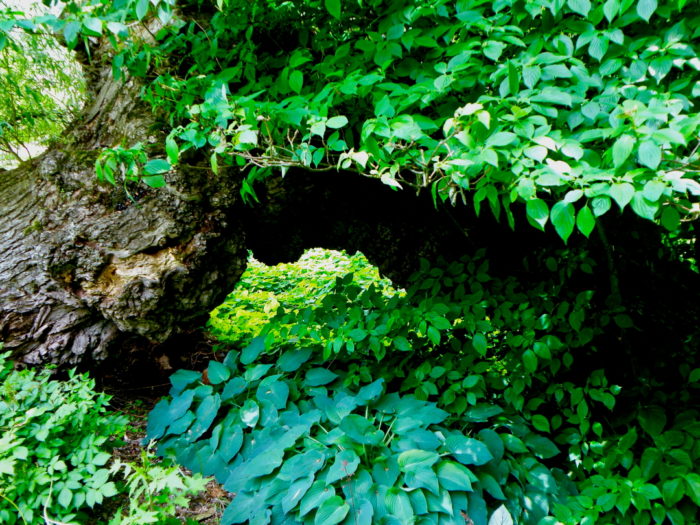



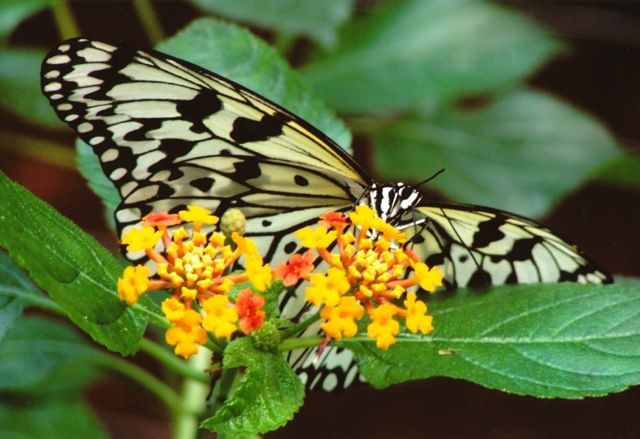


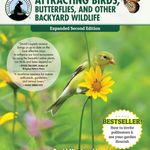
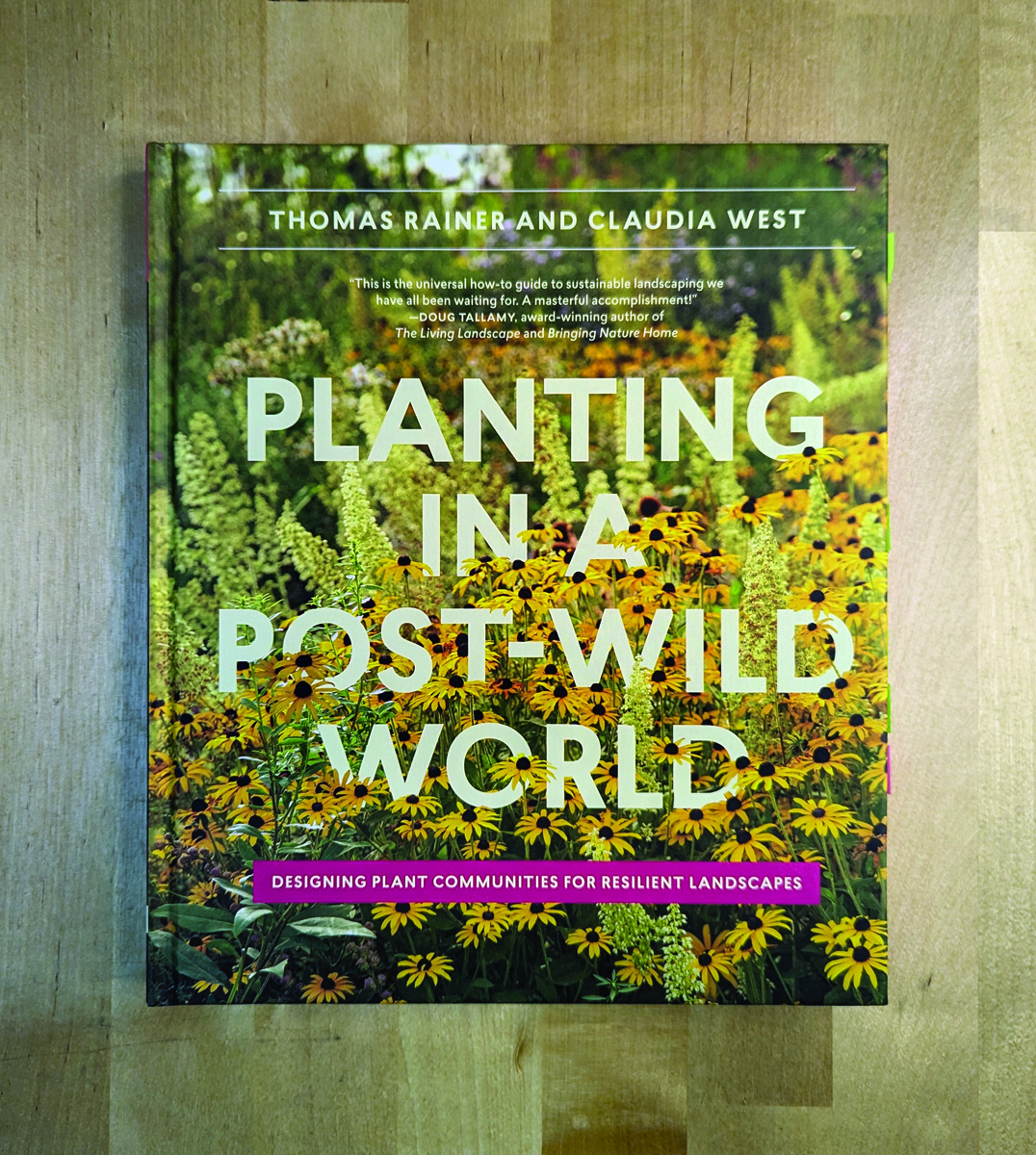


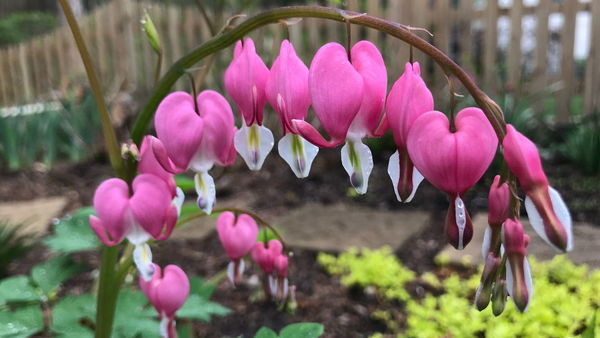



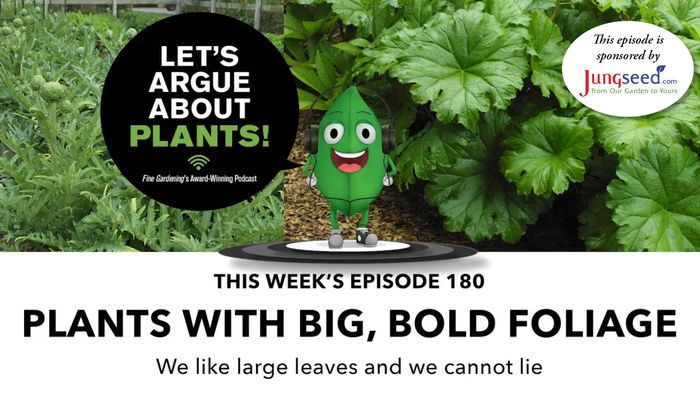
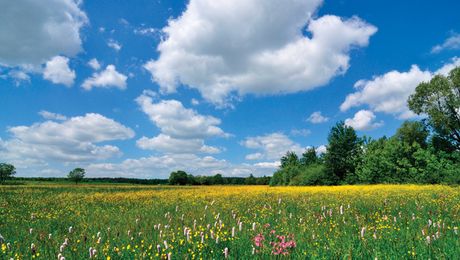
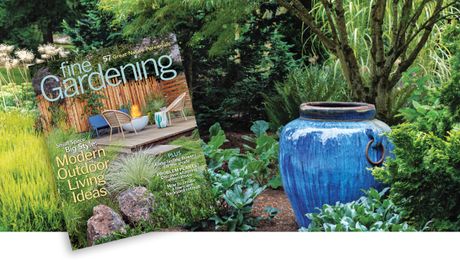
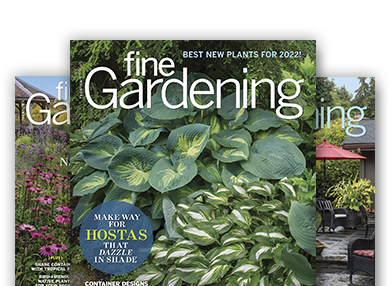

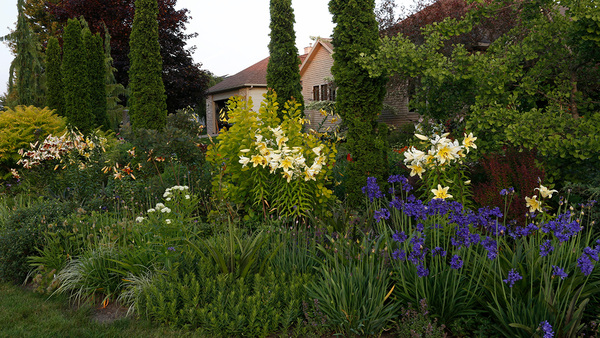



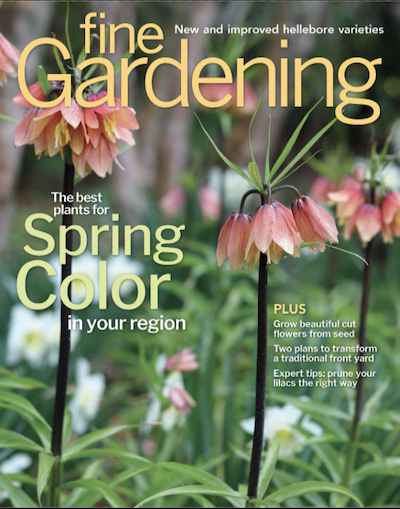



Comments
That looks like Euphorbia 'Tasmanian Tiger' and that's a great pairing. Folks who go after maximum contrast between foliage color miss the fun subtleties of a plant palette harmonized by similar color variegations. One could add Japanese Sedges (Carex) or Hostas with white margins…and all these plants would "have a dialogue"
In the photo with the beautiful Astilbe near a sitting area, I think that weeping blooms suggests Astilbe thunbergia 'Ostrich Plume' rather than Astilbe chinensis which has heavier upright flowers. I especially love that weeping habit that reminds me of Goatsbeard, aka Aruncus
I really love the idea of mixing the Allium in with the Ostrich Ferns. That's a perfect combination since, for some reason the strappy blades of the Alliums are often already in decline just as the flowers bloom. But planted amongst taller ferns those unsightly leaves would be hidden. And the combo magical
What a beautiful soul satisfying view you have while standing right outside that blue door. One has to give fair credit to how much the swath of lush grass also contributes to the verdant serenity. Include me also as a big fan of the allium flowering among the ferns...that gives a very delightful effect and yes, does solve the problem of the premature deteriorating allium foliage.
I imagine that area with chairs is so relaxing to sit in & enjoy all around you.
The different textures and shades of green and silver are so soothing but interesting. I’d never thought of pairing allium with ferns- will try it . I’d welcome advice about keeping euphorbia Tasmanian Tiger for years!
Ruby - you have created a truly lovely and elegant garden - thank you for sharing it with us!
The view across the patio and the area with the chairs look so inviting. How do you keep the rabbits and deer from munching your plants? In my (opposite) end of Wellesley, the rabbits are prolific and hungry.
Ruth, thank you for sharing your beautiful photos and your love of gardens and gardening. Thank you also for your willingness to serve on your state board for the Gardening Federation of America. Your design abilities are quite evident in your photos! Great pairings! Hope to see more soon!
I've always been a fan of predominantly green shades in a garden only accented with the color of flowers. Your garden really suits me, love the calmness it has. I especially loved the way you used the natural overhanging branch in your composition of plants.
Log in or create an account to post a comment.
Sign up Log in